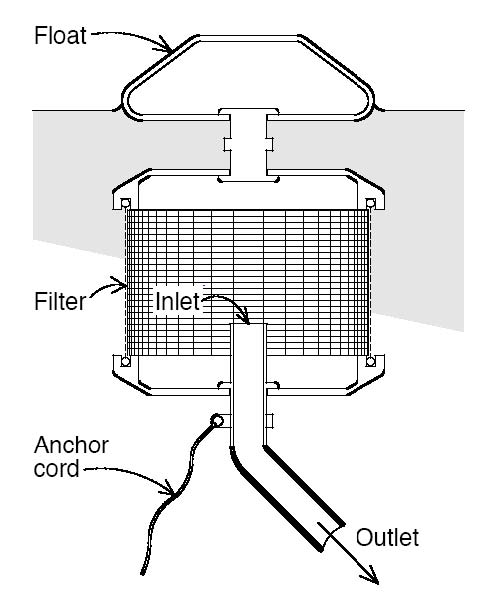Introduction
With recent droughts and increased emphasis on water conservation, rainwater harvesting (RWH) has become an important alternative source for outdoor irrigation. RWH is the collection of runoff from roofs during a rainfall event. The water is conveyed through a gutter system, filtered and stored in a tank for later use. In Georgia, non-potable harvested rainwater can be an alternative water supply for uses such as washing vehicles, landscape irrigation, livestock and wildlife watering, cooling towers and toilet flushing.
**Please Note: Georgia plumbing codes do not permit harvested rainwater to be used for potable applications.
History
Rainwater harvesting is not a new concept. It is an ancient technique that has supplied human water needs for thousands of years. According to archeological evidence, RWH took place 4,000 to 6,000 years ago (Gould and Nissen-Peterson, 1999). It is believed that these early systems were used to collect runoff from hillsides for agricultural and domestic purposes.
Reasons for RWH
Approximately 1 percent of the water covering the Earth?s surface is freshwater that can be collected for human consumption. This water is found in lakes, rivers and streams. Since the turn of the twentieth century, the U.S. population has tripled, and worldwide water consumption has doubled every 20 years (Van Giesen and Carpenter, 2009). Growth in Georgia and neighboring Southern states consistently exceeds the national average, and continues to pressure public water supplies. Despite individual efforts to conserve water, Georgia's ever-increasing demand for water is creating a need for alternative sources of irrigation water.
Outdoor water use increases during the summer months by as much as 50 to 70 percent. Much of this increase is attributed to irrigation of residential landscapes. Since water used for irrigation purposes does not require the same level of treatment needed for potable water supplies, irrigating with harvested rainwater can lower consumers' water bills, reduce demand placed on municipalities when rainfall is below average and increase the water available when other uses are limited.
Benefits
Four of the most important environmental benefits of having a RWH system are:
- Conserving potable water and creating a supplemental water supply.
- Retaining stormwater.
- Slowing and reducing runoff.
- Achieving several green building goals.
Rainwater harvesting creates an alternative watering source that can be used any time, even when irrigation is restricted. RWH reduces the volume of stormwater that runs off landscapes into streams, and thereby decreases soil erosion, flooding and water pollution. If captured, rainwater can be used for landscape irrigation.
The National Green Building Standard awards points for rainwater that is collected and used as permitted by local building codes (six points), and an additional two points if harvested rainwater is distributed using a renewable energy source or gravity (Van Giesen and Carpenter, 2009). Incentives such as tax-exempt rebates may offset system costs (check with a tax preparer for more detailed information on tax-exempt rebates).
The initial installation cost for RWH systems can vary considerably; however, rainwater is free and the annualized cost of harvesting rainwater is minimal. Electricity for running a pump, if one is needed, and regularly scheduled maintenance are all that is required. As a result, RWH installation costs can be recovered over time as municipal water usage is reduced.
Water Characteristics
Local conditions and the catchment surface can sometimes affect water quality, so rainwater should be tested through your local Cooperative Extension office to minimize problems with metals or corrosion. Harvested rainwater may also contain pathogens, such as fecal bacteria from birds and other wildlife, that may require treatment for certain uses. Rainwater normally has a pH in the range of 5.5-6.0 , is low in minerals and salts, and does not contain chlorine like treated water does.
System Components
Rainwater harvesting systems can be as simple as a rain barrel (Fig. 1) or as complex as multimillion-gallon industrial systems. Systems can be placed above (Fig. 2) or below ground (Fig. 3). Despite the diversity that exists among different RWH systems, the basic components do not change.

Status and Revision History
Published on Sep 30, 2010
Published with Minor Revisions on Aug 31, 2013
